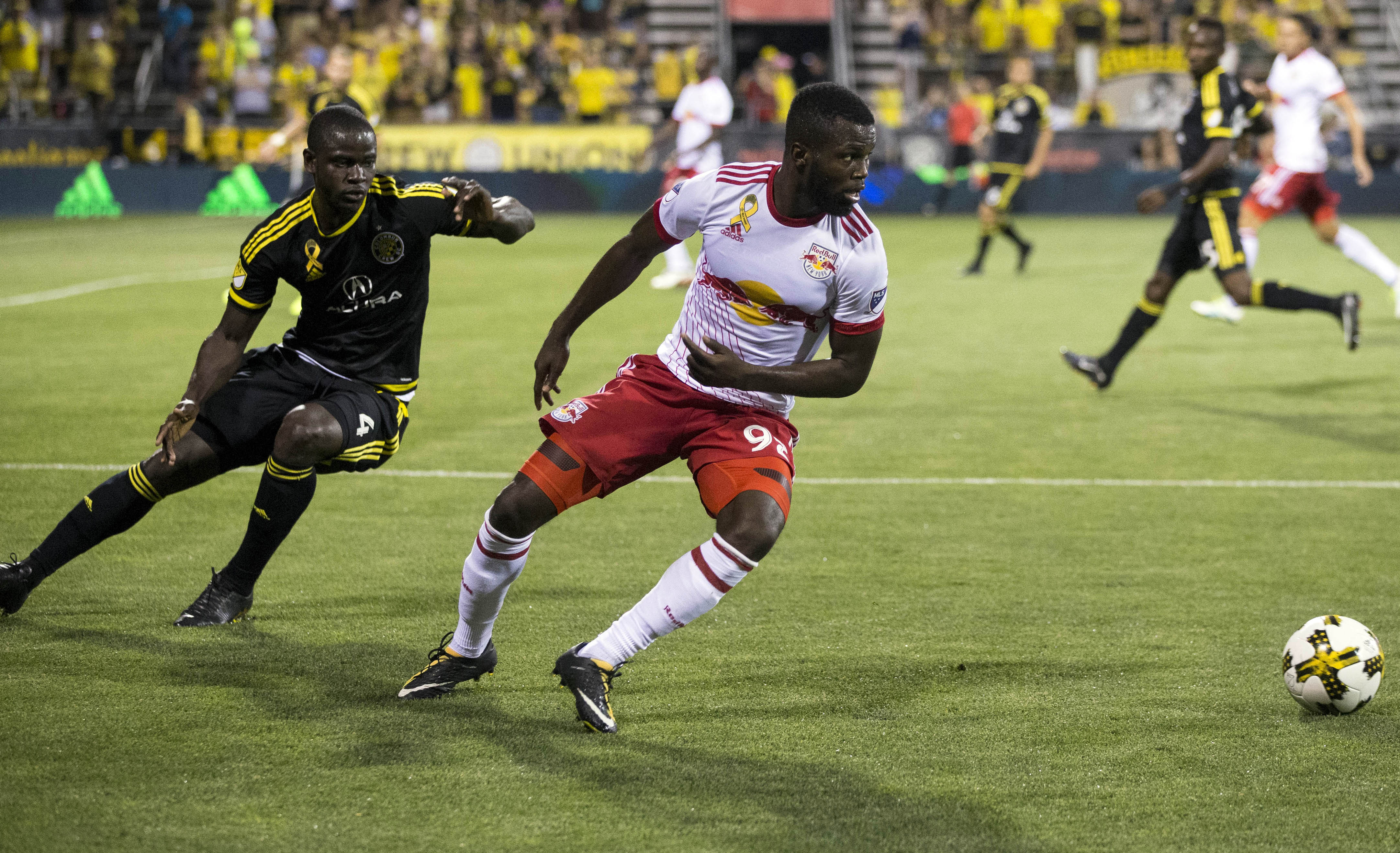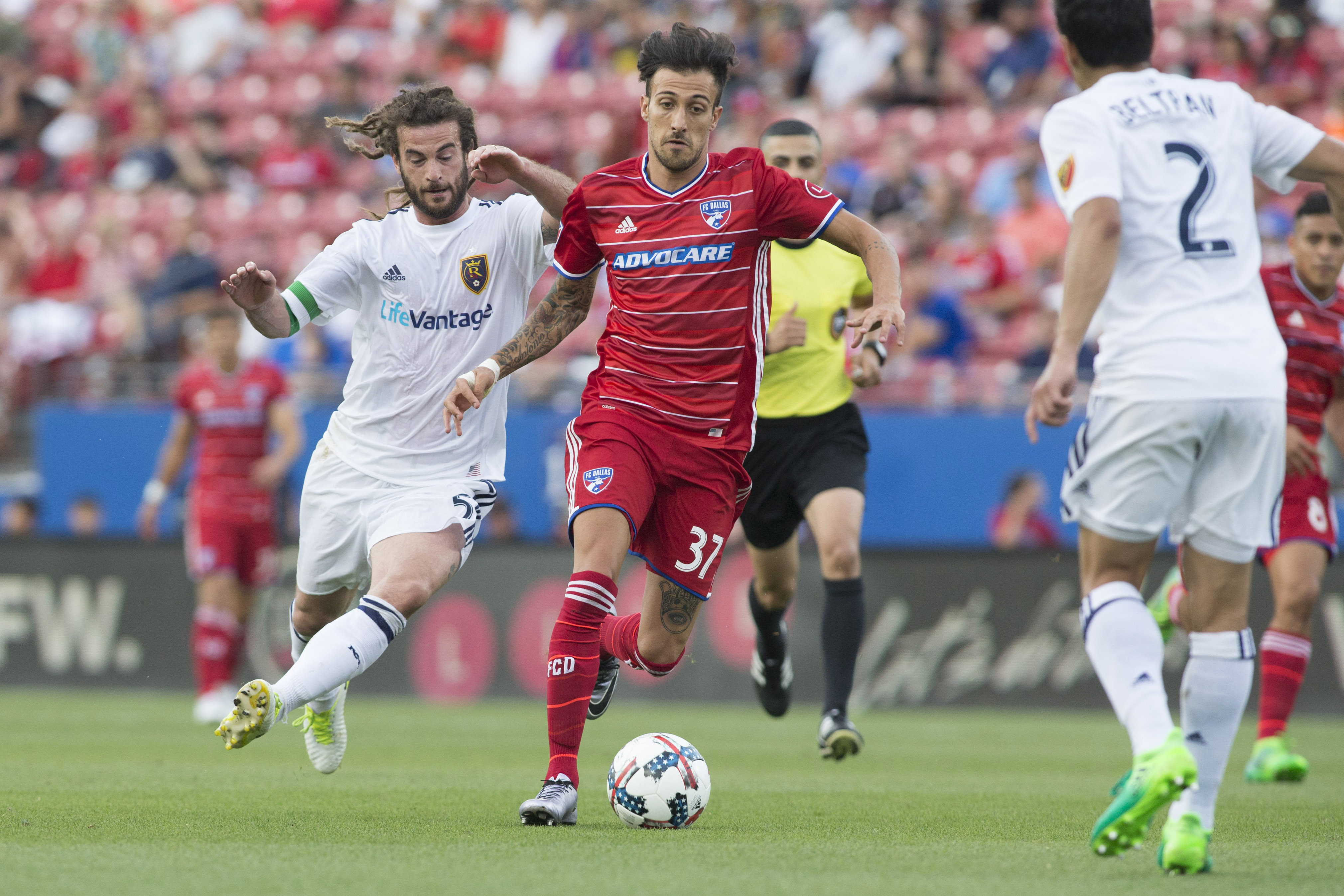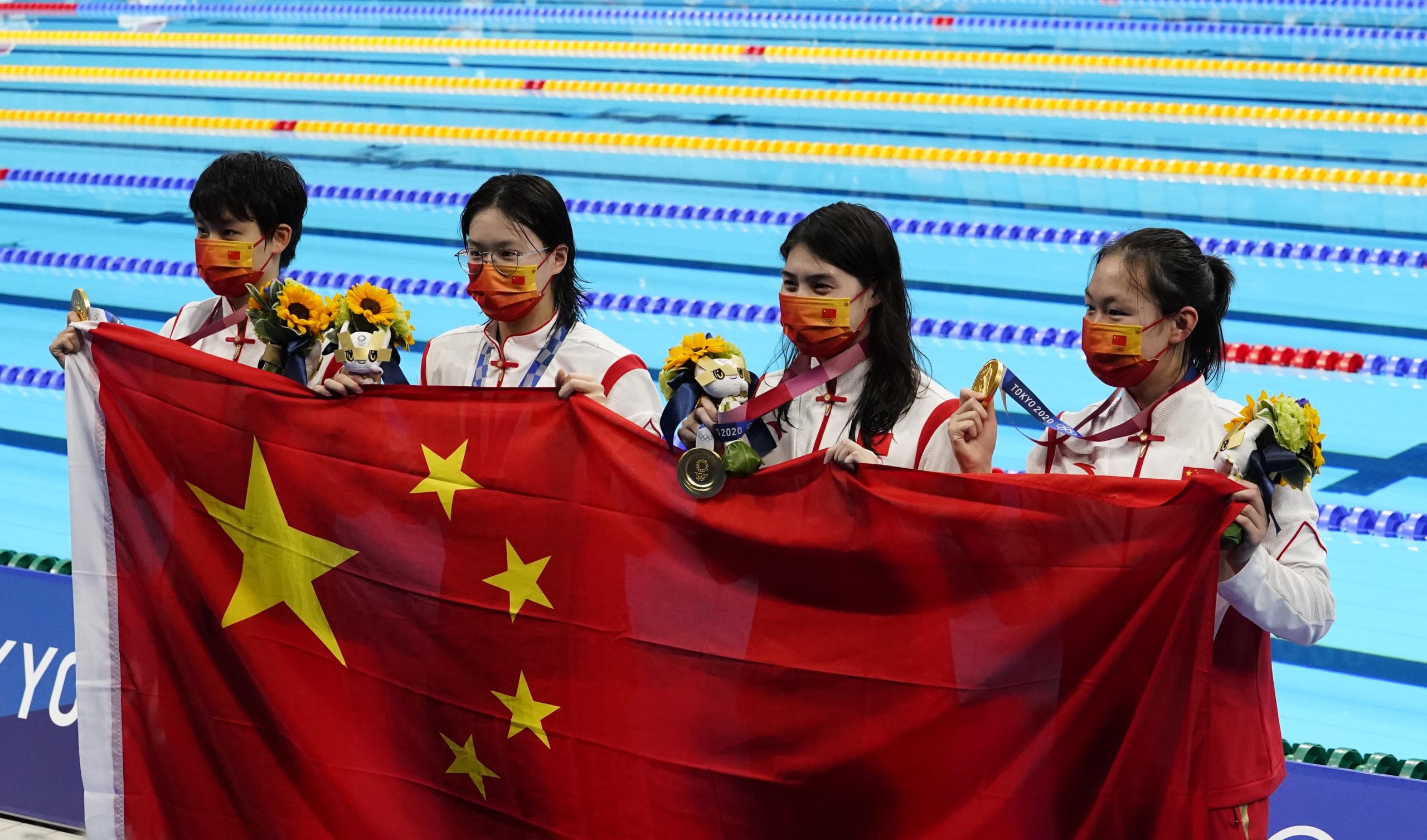
Tier 3: Playoffs or Bust
LA Galaxy, Orlando City SC, Columbus Crew SC and New York Red Bulls
Last year, Chicago introduced the “one year rebuild” to MLS. They re-did almost their entire roster in one offseason, building around new Designated Players and allocation money-driven signings en route to a seven-spot jump in the standings. Teams that go this route have to hit on new acquisitions and rely on newcomers to perform. It’s a gamble, but TAM and GAM make it possible.
Orlando City, headed by Jason Kreis, and the Sigi Schmid-led LA Galaxy were the two clubs who went this route for 2018. The Lions were desperate for relevance after they failed to make the postseason in their first three years of existence, and the Galaxy were very un-Galaxy-like in 2017, with poor timing considering the arrival of shiny new LAFC across town. Both clubs disposed of dead weight and acquired new players at almost every position.
Columbus and NYRB are Eastern Conference stalwarts. Crew SC, in the shadow of the Save The Crew movement, beat Atlanta in a thrilling knockout round playoff game and stomped out NYCFC in the conference semifinals last year. The Red Bulls are who they always are: Managed by Jesse Marsch, heavy pressers, traders of their captain and, of course, Eastern Conference contenders.
All four of these teams have trophy-winning ceilings and out-of-the-postseason floors. Expectations are high:
LA Galaxy
Schmid had one heck of a busy offseason. He cleared out seemingly every Homegrown left (see ya, Villarreal brothers), got rid of all the goalkeepers on the roster (bye, Clement Diop, Brian Rowe and Jon Kempin), rode Jermaine Jones out of town (he now works as the unofficial mouthpiece of angry American soccer Twitter), and nearly brought in enough players to form a starting XI comprised entirely of newcomers.
Their problems come in two places: The backline, which will likely start Norwegian Jorgen Skjelvik next to Daniel Steres — Scandinavian center backs do not have a good recent reputation in MLS, as Minnesota so publically proved to us last year; and Giovani and Jonathan dos Santos, who should be the centerpieces of the midfield and attack. Galaxy fans are not pleased with the Mexican brothers, to put it lightly.
LA will hope No. 6 Perry Kitchen plays as well as he played for D.C. United before he left for a disastrous cup of tea in Europe, and that striker Ola Kamara can produce to the extent he produced in Columbus. Projected starting keeper David Bingham, once considered part of the USMNT future, dropped off the face of the earth for San Jose last year. There aren’t a ton of certainties with this team, but that’s to be expected.
They are talented, they’re coached by a legend and they’re the Galaxy. They’ll make stuff happen.
Orlando City SC
So far, Orlando have imported 12 new players this offseason, tied for most in MLS along with Atlanta. Kaka retired, Cyle Larin was tumultuously sold to Besiktas and Antonio Nocerino, a 32-year-old overpaid center midfielder, had his option declined. Jason Kreis is molding this team in his image, a year and a half after taking over.
Sacha Kljestan, Justin Meram and Josue Colman join Dom Dwyer in a re-made attack, and Spaniard Oriol Rosell was brought in to play in defensive midfield. It’s unclear how they will set up — Kreis’s preferred diamond midfield would be tricky to implement with Meram in the mix — but they surely won’t lack for creativity, with assist-machine Kljestan and apparent No. 10 Colman. They also found a center back partner for Jonathan Spector in Lamine Sane, a 30-year-old Frenchman.
Columbus Crew SC
Columbus lost Kamara and Meram to trade requests. The two attackers combined to score 58% of the Crew’s regular season goals last season, and the Black and Gold played every game with both of them on the field — they appeared in all 34 matches together. Losing them is a blow to the team’s core, especially after Meram’s career year.
The loss of Ola shouldn’t be a killer. Crew teams have a history of consistently giving their strikers quality scoring opportunities, going back to Kei Kamara’s dominant 2015 season:
To the point of Columbus creating shots for their strikers: Kei Kamara led the league in total six-yard box shots in his superstar 2015 season by a country mile. Ethan Finlay was fifth: pic.twitter.com/6xgiUn9RHx
— Harrison Hamm (@harrisonhamm21) February 21, 2018
Gyasi Zardes, who arrived from LA as part of the cash pack for Ola, had a pretty bad go of it in 2017, but Columbus is the best possible place for a goalscorer feeling the yips. Gregg Berhalter will get him a few goals.
The line of three behind Zardes could be the problem. They copped $1.05 million from Orlando for Meram, but they have yet to use that cash to replace their highest-volume scorers. No. 10 Federico Higuain, who seemed rejuvenated in a much-improved 2017, is 33 and not far removed from a four-goal, three-assist 2016. Relying on him and midseason acquisition Pedro Santos to create for Zardes is a clear downgrade from last season, even if Santos looked good in 14 appearances.
Replacing Meram will be Niko Hansen, a first-round draft pick last year and Christian Martinez, a 21-year-old Panamanian who has struggled to break in at the MLS level. Hansen produced a goal and two assists in 400 rookie-season minutes, showing creativity on the ball. He deserves more minutes, and it’s about time Martinez found the field, but for a team without a proven scorer and an aging creator, it might not be enough.
New York Red Bulls
The Red Bulls are the Red Bulls are the Red Bulls.
Kljestan, the captain and MLS assist king, was traded to Orlando in another move to youth and mobility for the press-happy Red Bulls, who will likely make the transition full-time to the 4-2-2-2 formation that falls in line with the Red Bull Brand. They attempted it each of the past two seasons, but it was a failure each time. And last season, Marsch fell back to a funky 3-3-3-1, which they rode to a sixth-place finish and an emphatic win over Dax McCarty and Chicago in the playoffs.
With Kaku(!) in for Kljestan, Marsch has some decisions to make. Will Tyler Adams return to central midfield or stay on the flanks as a wing-back? Will Felipe be traded, and if so, who replaces him in defensive midfield? How do they maintain consistent attacking production behind Bradley Wright-Phillips without Kljestan?
These have to be answered. But NYRB will be good again, with Tommy Redding helping answer questions on the backline and BWP still scoring at an obscene rate. That won’t exempt the star striker from the trade market, though, on a team with a reputation for trading centerpieces.

Tier 4: Young guns out west
FC Dallas, San Jose Earthquakes, Houston Dynamo and Real Salt Lake
As the introduction of TAM has improved the league, it has simultaneously created uncertainty around MLS’s preseason hierarchy, which appears closer and harder to exactly determine than in years past due to the “Chicago Fire one-offseason-rebuild” idea discussed above. Every team has to some extent used TAM to quickly improve their contending prospects, eradicating clubs that are “rebuilding,” a distinctly American sports principle.
Paradoxically, TAM also has kickstarted the protracted decline of league-wide parity. A recognized gap has opened up between clubs that use that TAM and other acquisition methods in a superior way than others; this is a natural consequence of MLS’s rapid improvement, as the ceiling for the best teams has risen greatly and vastly increased the gap between the best and the worst.
The Homegrown system has complemented the TAM boom well, providing cheaper starting options in addition to depth. Those who use it have a natural advantage over those who don’t. Real Salt Lake, who led the league in minutes given to players under 21 last season, joined FC Dallas, owners of arguably the best academy in MLS, at the forefront of the movement.
Real Salt Lake
RSL are legitimate Western Conference contenders. They just missed out on the postseason in 2017, but they only upgraded a talented core of young contributors this offseason, and their depth is top-tier. Justen Glad will be an award-contending center-back. Damir Kreilach is in to compete for a spot in central midfield, arguably their weakest spot last year. Their youth-driven attack, featuring Albert Rusnak (22) and Jefferson Savarino (21), will be joined by Spanish No. 9 Alfredo Ortuno. Plenty of Homegrowns are pushing for spots.
FC Dallas
After their unprecedented 2017 collapse, FC Dallas are a tough one to figure out. It’s unclear when and if Oscar Pareja will go back to playing his kids on a team that desperately needs an infusion of enthusiasm and competition, shown by their dry 1-0 defeat in the first leg of their CONCACAF Champions League encounter with Tauro FC in Panama.
Players like 19-year-old Reggie Cannon (the likely starting right back) and DP 23-year-old Santiago Mosquera (who will hopefully replace Roland Lamah as the full time starter on the left wing) give us hope. At the same time, retreads like Maynor Figueroa (34) continue to inexplicably be Pareja favorites. If Mauro Diaz returns to playing like the “Unicorn” he was before his torn ACL and other pieces fall into place, they’d be something closer to their 2016 Supporters’ Shield team.
But there’s also the worry they will fall victim to the same problems that struck them down last season: Locker room dysfunction, unrealistic trust in ineffective players, under performances up and down the roster and sluggish play in the midfield and attack.
San Jose Earthquakes
The San Jose Earthquakes and the Houston Dynamo are right there with them in the middle of the talented Western Conference. San Jose enter the season with a new coach (Mikhael Stahre) and a roster seemingly filled to the brim with players acquired in the last year. This is no longer Dom Kinnear’s 4-4-2 team, if Chris Leitch and his 4-2-4 didn’t already convince you.
Along with aligning such a widespread team into a more concrete formation, Stahre’s most difficult task will be figuring out how to integrate Chris Wondolowski, the not-so-versatile aging striking legend. Wondo can pretty much only play as a second striker at this point in his career, and fitting him there could be impractical given the rest of the talent on the roster.
One certainty from San Jose should be, hopefully, a tandem of midfielders Jackson Yueill and Tommy Thompson. They were effective last year, and however it happens, Stahre should find a way to prominently use his young talents.
Houston Dynamo
Houston signed Venezuelan defender Alejandro Fuenmayor, solidifying an aging defense, and sold Erick ‘Cubo’ Torres to Pumas, committing to Mauro Manotas as their full-time starter up top. They will hope that Eric Alexander proves to be a quality every-game starter as a box-to-box midfielder, and that their attacking duo of Romell Quioto and Alberth Elis gets on the field more this season.
Tier 5: They Won’t Go Away
Vancouver Whitecaps and Sporting Kansas City
Just below the “Young Gun” tier are two Western Conference teams that don’t exactly fit in any other tier. These two teams are opposites in tactical terms (Vancouver will bunker and counter, while SKC will play a high line and press), but they are similar in a lot of ways: They’ll defend well, they probably will be in the mix for a playoff spot, and they won’t be pretty to watch.
Neither club made huge headlines during the offseason. Vancouver traded for Kei Kamara, a clear reaffirmation of Carl Robinson’s “sit deep, play in transition and cross a lot” philosophy, and Sporting swapped out Benny Feilhaber for Yohan Croizet at the No. 10 position. The Whitecaps have a lower floor than SKC, who became one of the best defensive teams in MLS history last year, but they showed an ability to scrape out enough results to contend.
CLICK HERE TO CONTINUE READING >>>







